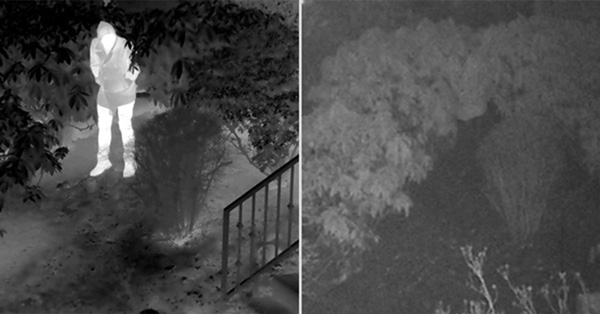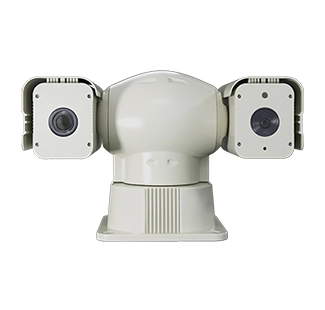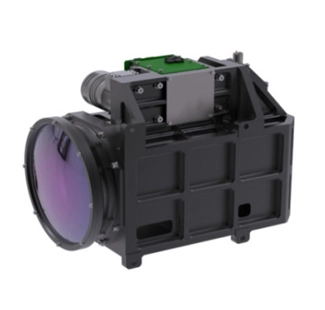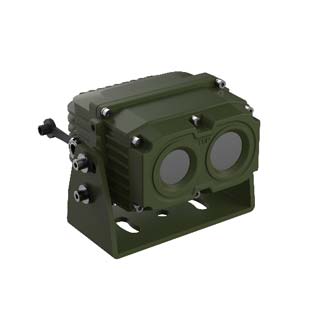Sir William Herschel identified infrared as a type of radiation that exists in addition to red light in the year 1800. Thermal measurement was the principal application for these "infrared rays". Kirchhoff's law of thermal radiation, the Stefan-Boltzmann law, Planck's law, and the Wien displacement law are the four fundamental laws of IR radiation. Up until World War I, the development of detectors was primarily focused on the use of thermometers and bolometers. When Leopoldo Nobili constructed the first thermocouple in 1829 utilizing the Seebeck effect and a primitive thermopile as an improved thermometer, it marked a significant advancement in the development of detectors.
He gave Macedonio Melloni a description of this instrument. They initially created an instrument that was vastly enhanced together. Melloni continued to work alone and created an apparatus (a multielement thermopile) in 1833 that could identify a person 10 meters distant. The bolometer, developed by Samuel Pierpont Langley in 1880, represented the following significant advancement in detector technology. This apparatus was continually improved by Langley and his helper Charles Greeley Abbot. By 1901, it was sensitive to temperature changes of one hundred thousandth of a degree Celsius and could detect radiation from a cow 400 meters away. In 1965, the first industrial thermal imaging camera for power line inspections was sold.
A 1913 patent for a device that used a thermopile and a mirror to detect the presence of steamships and icebergs may have been the first advanced use of IR technology in the civil sector. This was quickly surpassed by R.D. Parker's 1914 patent for the first real thermopile-free IR iceberg detector. In 1934, G.A. Barker proposed using the IR system to find forest fires as a follow-up to this. The method wasn't really industrialized until 1935, when it was used to the study of heating uniformity in hot steel strips.
First thermographic camera
Kálmán Tihanyi, a Hungarian physicist, created the infrared-sensitive (night vision) electronic television camera in 1929 for use in British anti-aircraft defense. Infrared line scanners were the first thermographic cameras created in the United States. Texas and the US military developed this.
One image was produced in an hour by instruments in 1947. One of the most important aspects of the technology included scanning a picture, which the AGA firm was able to commercialize using a cooled photoconductor. Many methods were examined to increase the technique's speed and accuracy.
The British Yellow Duckling system from the middle of the 1950s was the first infrared linescan system. This utilized a mirror and detector that rotated continuously, with the carrier aircraft's motion used to scan the Y axis. While being ineffective for its intended use of submarine tracking by wake detection, it was used to land-based surveillance and became the basis for military IR linescan with land surveillance system.
When researchers at the Royal Signals and Radar Establishment in the UK realized that mercury cadmium telluride was a photoconductor that required significantly less cooling, their study was furthered. Although they scanned manually, Honeywell in the United States also created arrays of detectors that could cool at a lower temperature. The use of an electronic scanning device could get around some of the drawbacks of this technology. After numerous more advancements throughout the 1970s, Michael Francis Tompsett at the English Electric Valve Corporation in the UK patented a camera in 1969 that scanned pyro-electronically and achieved a high level of performance. In addition, Tompsett put up a concept for solid-state thermal-imaging arrays that eventually gave rise to contemporary hybridized single-crystal-slice imaging technology.
Smart sensors
The ability of electro optical surveillance system to intelligently assess a signal and warn of a threat's presence was one of the most crucial areas of development. "Smart sensors" started to emerge thanks to the US Strategic Defense Initiative. These sensors have the capacity to combine sensing, signal extraction, processing, and interpretation. Smart Sensors come in two main categories. One enables preprocessing utilizing Smart Sensing techniques and is referred to as a "vision chip" when utilized in the visible range thanks to the expansion of integrated microcircuitry. The other technology is more purpose-driven and achieves preprocessing through the design and organization of its components.
The usage of infrared was transitioning toward civil use by the 1990s' conclusion. Costs for uncooled arrays were drastically reduced, and this, together with the rapid growth of technologies, created a market with dual uses for public and military purposes. These applications include environmental regulation, architectural and artistic analysis, functional diagnostics in medicine, and vehicle guiding and accident avoidance systems.





